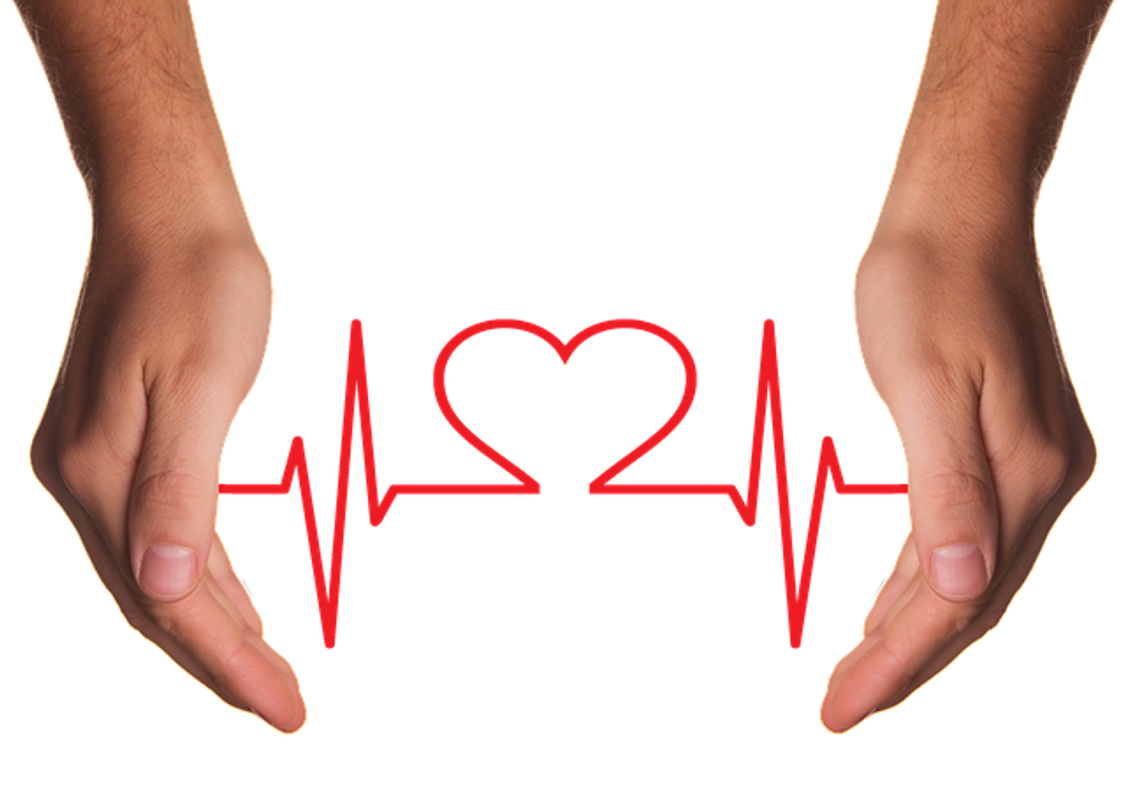What Is CPR? An Introduction to CPR and How It Saves Lives
Cardiopulmonary resuscitation (CPR) is an essential skill. Even if you don't work in the healthcare industry, learning how to perform CPR could potentially save someone's life. According to the American Heart Association (AHA), it can save up to 200,000 lives each year when performed correctly and early enough. So, what is CPR exactly?
The Basics of CPR
Even if you've heard of CPR, you might not know what it entitles. Basically, CPR is an emergency medical technique that involves chest compressions and/or mouth-to-mouth breathing. It's intended to promote blood flow through the person's body while simultaneously filling the person's lungs with air.
The AHA recommends using a ratio of 30:2 for compressions and mouth-to-mouth breathing. In other words, for every 30 chest compressions you perform on a person, you should breathe into his or her mouth twice.
How CPR Saves Lives
When a person experiences a medical emergency, time is of the essence. Waiting for an ambulance to arrive could be too late. Therefore, many 911 responders recommend CPR during a medical emergency if the individual performing it has proper training.
CPR is most commonly performed during cardiac arrest. Cardiac arrest is a catch-all term for when a person's heart stops beating. The heat muscle is responsible for pumping blood throughout the body. When it stops, the person may experience brain damage or lung damage. In some cases, death can occur. CPR can "kick-start" the person's heart during cardiac arrest, thereby saving his or her life.
In addition to cardiac arrest, CPR is often performed when a person stops breathing. Lifeguards, for instance, typically undergo CPR training. If a swimmer becomes unconscious while underwater, a lifeguard may pull him or her from the water, followed by performing CPR.
Is CPR Training Required in the Workplace?
The Occupational Safety and Health and Administration (OSHA) doesn't require CPR training in all workplaces. With that said, OSHA recommends CPR training as a part of a comprehensive first air program.
If you run your own business, you should consider offering CPR training for your employees. CPR training requires the completion of a hands-on course in which workers learn how to perform chest compressions and mouth-to-mouth breathing. With CPR training, workers will have the skills and knowledge to provide treatment during certain medical emergencies, including cardiac arrest.
Recent Posts
-
Fire Safety in the Workplace: What You Need to Know
What steps are you taking to prevent fires in your workplace? According to the U.S. Occupational Saf …Aug 23rd 2023 -
Is It Safe to Go Jogging With a Cold Infection?
If you're suffering from a cold infection, you might be wondering whether it's safe to go jogging. T …Aug 22nd 2023 -
5 Safety Tips to Follow When Using a Powder-Actuated Tool
Powder-actuated tools are commonly used to join materials to steel and concrete. Also known as Hilti …Aug 20th 2023




